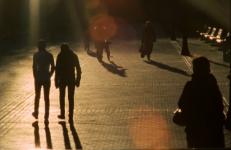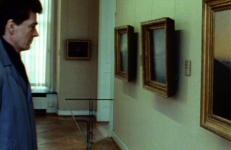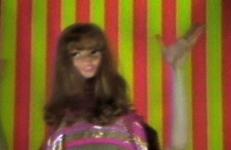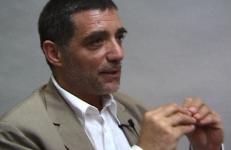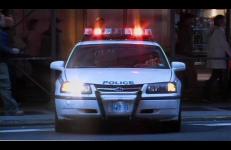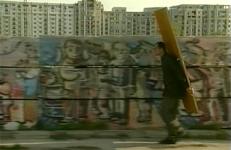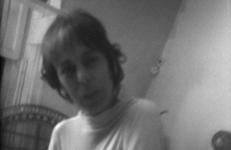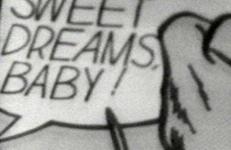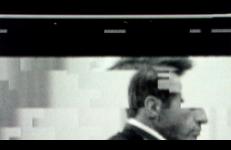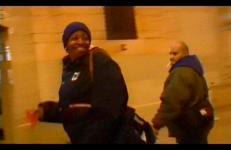While out shooting for a different project altogether, I encountered two sleeping men on a Manhattan street. A short time later, I was standing in front of Pennsylvania Train Station with the camera on a tripod, when one of the men suddenly reappeared. He stepped in front of my camera and began to speak, about his path in the U.S. military, from Panama to Afghanistan to Iraq, about his life. I decided to limit the piece to what I shot in that area in those few hours, with one key addition: the text from a classic children's rhyme.
–Jem Cohen






